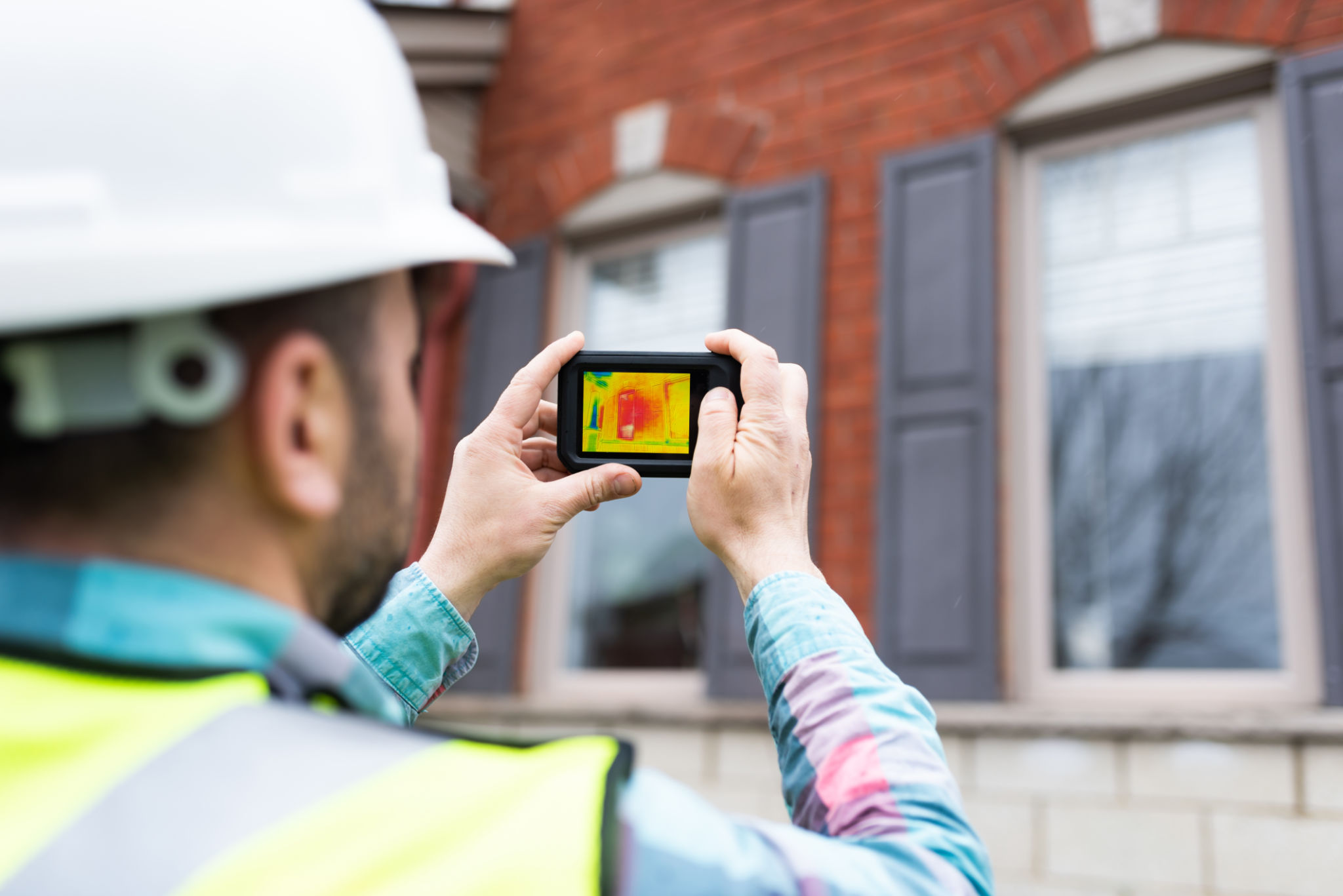Case Study: Transforming Facility Efficiency in Fort Myers
Introduction to Facility Transformation
Facility management is crucial for businesses seeking to optimize operations and reduce costs. In Fort Myers, a notable case study showcases how transforming facility efficiency can lead to significant improvements in both energy consumption and operational effectiveness. This transformation not only enhances sustainability but also boosts the bottom line.
The case study focuses on a mid-sized commercial facility that was grappling with high energy bills and inefficient operational processes. The facility management team embarked on a comprehensive overhaul, aiming to create a more sustainable and efficient environment for employees and occupants.

Identifying Key Challenges
Before any improvements could be made, it was essential to identify the key challenges faced by the facility. The primary issues included outdated HVAC systems, poor lighting efficiency, and inadequate energy management practices. These factors collectively contributed to high operational costs and a significant carbon footprint.
Additionally, the facility lacked a centralized system for monitoring and controlling various operational processes. This deficiency often resulted in energy wastage and increased maintenance costs over time.
Strategic Planning and Implementation
Once the challenges were identified, the facility management team formulated a strategic plan to address these issues. The plan included upgrading HVAC systems to energy-efficient models, installing LED lighting throughout the premises, and implementing a state-of-the-art energy management system.
Moreover, the team introduced smart building technologies to automate lighting, heating, and cooling based on occupancy levels. These changes not only improved energy efficiency but also enhanced the overall comfort of the facility's occupants.

Measuring the Impact
After implementing these changes, it was crucial to measure their impact on facility efficiency. The results were impressive: energy consumption was reduced by 30%, resulting in substantial cost savings. Additionally, the facility's carbon footprint decreased significantly, aligning with broader sustainability goals.
The introduction of smart technologies also streamlined maintenance processes, reducing downtime and extending the lifespan of critical equipment. Employees reported improved working conditions, contributing to higher productivity and satisfaction levels.
Lessons Learned and Future Outlook
This case study highlights several key lessons for other facilities seeking similar transformations. First, investing in modern technologies can yield significant returns in terms of cost savings and efficiency improvements. Second, adopting a holistic approach that considers both immediate needs and long-term goals is essential for sustainable success.

Looking ahead, the facility management team plans to continue exploring innovative solutions to further enhance efficiency. This includes integrating renewable energy sources such as solar panels and expanding the use of smart technologies to cover additional aspects of facility operations.
Conclusion
The transformation of this facility in Fort Myers serves as an inspiring example for others in the industry. By addressing key challenges through strategic planning and embracing modern technologies, businesses can significantly enhance facility efficiency while contributing to a more sustainable future.
Ultimately, this case study demonstrates that with the right approach, facilities can achieve remarkable results that benefit both the organization and the environment.
